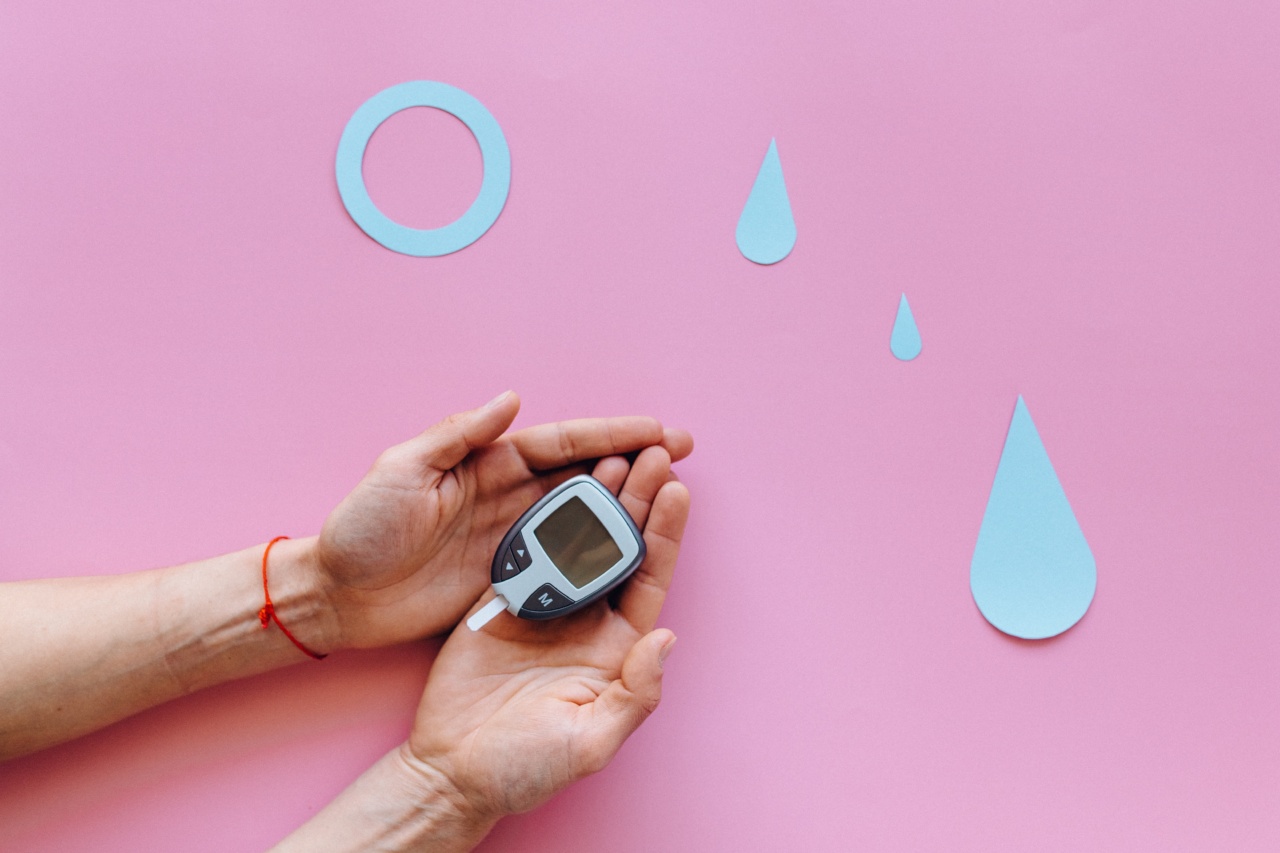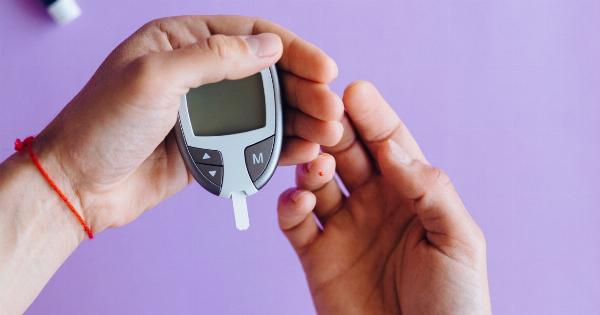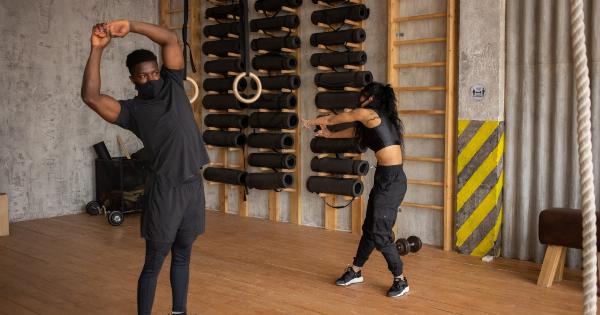High blood sugar levels, also known as hyperglycemia, can be detrimental to your health. When left unmanaged, it can lead to numerous complications, such as diabetes, heart disease, and nerve damage.
Additionally, consistent high blood sugar levels can impact your energy levels, mood, and overall quality of life.
Exercise and Blood Sugar Control
Regular exercise is a highly effective way to lower and control blood sugar levels. Physical activity helps increase insulin sensitivity, allowing your cells to better absorb and utilize glucose.
Furthermore, exercise stimulates glucose uptake in the muscles, reducing the glucose concentration in the bloodstream.
When incorporating exercise into your routine, it is important to remember that consistency is key.
Engaging in physical activity regularly not only helps maintain healthy blood sugar levels but also offers additional benefits for overall health and well-being.
1. Walking
Walking is a simple yet impactful exercise that can be easily incorporated into your daily routine.
Whether you prefer brisk walks or leisurely strolls, aim for at least 30 minutes of walking each day to experience the benefits of lowered blood sugar levels.
Engaging in a brisk walk after a meal can be especially beneficial in controlling blood sugar spikes. It helps your body utilize glucose effectively and prevents excessive elevation of blood sugar levels.
2. Cycling
Cycling is a low-impact aerobic exercise that can improve insulin sensitivity and lower blood sugar levels.
Whether you prefer indoor cycling on a stationary bike or outdoor cycling, regularly getting on your bike can be beneficial for controlling hyperglycemia.
Aim for at least 150 minutes of moderate-intensity cycling per week to maximize your blood sugar-lowering benefits.
3. Swimming
Swimming is a fantastic full-body workout that is gentle on the joints, making it suitable for individuals with mobility issues. It helps improve cardiovascular health, enhances insulin sensitivity, and aids in regulating blood sugar levels.
Strive for at least 150 minutes of moderate-intensity swimming activity each week to maintain optimal blood sugar control.
4. Strength Training
Engaging in regular strength training exercises not only helps build lean muscle mass but also improves your body’s ability to utilize glucose effectively.
Strength training can be done using resistance bands, free weights, or even your body weight.
Aim to incorporate strength training at least two days a week, allowing your muscles time to recover between workouts.
5. Yoga
Yoga combines physical exercise, breathing techniques, and relaxation, offering a holistic approach to improving overall well-being. It can help reduce stress and cortisol levels, leading to better blood sugar control.
Regularly practicing yoga, even for a few minutes each day, can have a positive impact on your blood sugar levels.
6. High-Intensity Interval Training (HIIT)
HIIT involves alternating between intense bursts of exercise and short recovery periods.
This type of workout has been shown to improve insulin sensitivity and lower blood sugar levels more effectively compared to continuous moderate-intensity exercise.
Include HIIT workouts in your routine 2-3 times per week, making sure to consult with a healthcare professional or trainer to determine the appropriate intensity and duration for your fitness level.
7. Dancing
Dancing is a fun and enjoyable way to stay active while reaping the benefits of lowered blood sugar levels. Whether you join a dance class or simply dance around your living room, it offers both physical and mental benefits.
Try to incorporate dancing into your routine for at least 30 minutes several times a week to experience the positive effects on your blood sugar control.
8. Pilates
Pilates focuses on core strength, flexibility, and proper body alignment. This low-impact exercise can improve insulin sensitivity and help manage blood sugar levels effectively.
Consider joining a Pilates class or following online tutorials to incorporate this beneficial exercise into your routine.
9. Tai Chi
Tai Chi is a gentle exercise that combines slow movements with deep breathing and meditation. It can help improve insulin sensitivity, reduce stress, and promote overall relaxation.
Including Tai Chi in your routine, even for a few minutes each day, can significantly contribute to controlling blood sugar levels.
10. Jumping Rope
Jumping rope is a highly effective cardiovascular exercise that can improve insulin sensitivity and aid in blood sugar control. It is a convenient and affordable exercise that can be done anywhere.
Start with short sessions and gradually increase your duration as your fitness level improves. Aim for at least 15-20 minutes of jumping rope per day, a few days a week.
Conclusion
Regular physical activity offers numerous benefits, including lowering blood sugar levels.
Engaging in a variety of exercises like walking, cycling, swimming, strength training, yoga, HIIT, dancing, Pilates, Tai Chi, and jumping rope can help regulate blood sugar levels, improve insulin sensitivity, and enhance overall well-being.






























